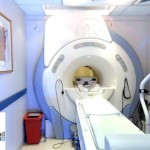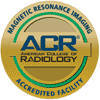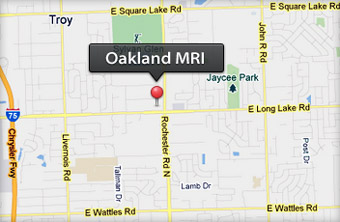 CAD does not change the way the patient goes through a mammogram. The patient will not notice a difference in the test, but will benefit in the results.
CAD does not change the way the patient goes through a mammogram. The patient will not notice a difference in the test, but will benefit in the results.
The radiologist can review a mammogram first, without CAD analysis. This allows them to make a preliminary interpretation. During that evaluation, the radiologists notes which, if any, areas are suspicious. After that review, if there are areas of concern, then CAD software is applied to the mammogram, and will highlight areas that need further examination.
CAD technology is ultra-sensitive and will detect even the subtlest abnormality within the breast. This has been very helpful in viewing all areas of breasts that have dense tissue, such as tissue that if often found in women who are post-menopausal.
However, as great and useful as CAD technology is, it cannot diagnose. So, the radiologist will still have to carefully evaluate all areas of a mammogram, then make the final interpretation. Although, even though it cannot diagnose, CAD is still valuable as an extra observation.

